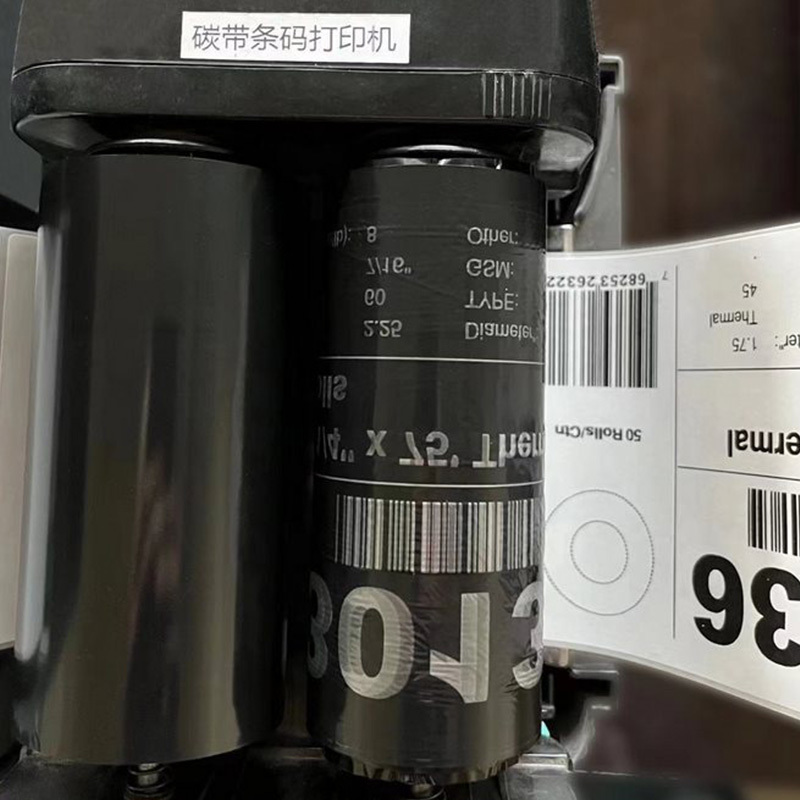
How to Use Label Transfer Paper for Custom Designs
Release time:
2024-11-16
Label transfer paper is a versatile medium that allows you to print custom designs onto a variety of surfaces. This paper is coated with a special layer that can transfer ink from the paper to the object when heat is applied. From clothing to mugs and even wood, the possibilities are almost limitless. Understanding how label transfer paper works is essential for maximizing its potential in your creative projects.

Types of Label Transfer Paper
When it comes to label transfer paper, there are several types to choose from, each suited for different applications. Here are the primary categories:
1. Inkjet Label Transfer Paper
Inkjet label transfer paper is designed for use with inkjet printers. It allows for vibrant colors and detailed designs, making it ideal for personal projects and small-scale productions.
2. Laser Label Transfer Paper
Laser label transfer paper is compatible with laser printers. It typically offers better durability and is less prone to smudging than inkjet options, making it perfect for professional and high-volume applications.
3. Dark and Light Transfer Paper
Dark transfer paper is designed for use on dark-colored materials, while light transfer paper works best on lighter backgrounds. Understanding which type to use is crucial for achieving the best results in your projects.
Choosing the Right Printer for Label Transfer Paper
Selecting the appropriate printer is a vital step in the label-making process. Each type of transfer paper has specific printer requirements.
Inkjet Printers
For inkjet transfer paper, ensure your printer has high-resolution capabilities. A printer that can print at 4800 x 1200 dpi will produce sharp and vibrant images.
Laser Printers
When using laser transfer paper, opt for a printer that can handle thicker media. This will help ensure a smooth transfer without jamming or misprinting.
Designing Your Custom Labels
Creating stunning custom labels begins with good design. Here are some steps to help you craft the perfect design for your labels.
1. Define Your Purpose
Understanding the purpose of your label will guide your design choices. Are you labeling products for sale, personal items, or gifts?
2. Use Design Software
Programs like Adobe Illustrator, Canva, or Microsoft Publisher can help you create intricate designs. Choose software that you are comfortable with and that meets your design requirements.
3. Consider Size and Layout
Make sure your design fits the dimensions of your label transfer paper. Pay attention to margins and alignment to ensure that your design transfers cleanly.
Printing Your Designs
Once your design is ready, it’s time to print. Here are the steps to ensure a successful print.
1. Test Print
Before printing on your label transfer paper, conduct a test print on regular paper. This will help you check for any design errors and color inaccuracies.
2. Adjust Printer Settings
Ensure your printer settings match the type of transfer paper you’re using. Adjust settings for quality and media type to achieve the best results.
3. Print on the Correct Side
Most label transfer papers have a designated side for printing. Identify this side before printing to avoid wasting materials.
Applying Label Transfer Paper
Now that you have your printed labels, it’s time to transfer your design onto the desired surface.
1. Prepare Your Surface
Ensure the surface you are applying the label to is clean and dry. This will help the transfer adhere better and last longer.
2. Use the Right Heat Source
Depending on the type of label transfer paper, you may need an iron, heat press, or even a hairdryer. Follow the manufacturer’s instructions for the best results.
3. Transfer Technique
Carefully follow the transfer instructions. Apply consistent pressure and heat for the recommended time to avoid smudging.
Common Applications of Label Transfer Paper
Label transfer paper can be used in various applications. Here are some popular uses:
1. Custom Clothing Labels
Personalize apparel by creating unique clothing labels for gifts or personal use.
2. Home Organization
Use labels to organize items around your home, from kitchen containers to storage boxes.
3. Craft Projects
Enhance your craft projects by adding custom labels to handmade items, gifts, or party favors.
Tips for Successful Label Transfer Projects
To ensure the success of your label transfer projects, consider the following tips:
1. Practice on Scraps
Before applying your printed label to a final product, practice on scrap materials to hone your technique.
2. Follow Instructions Carefully
Each transfer paper brand may have different instructions. Always read and follow the guidelines for the best results.
3. Store Transfer Paper Properly
Keep your label transfer paper in a cool, dry place to prevent it from becoming damaged or unusable.
Label transfer paper is a powerful tool for unlocking creativity and personalizing a wide array of projects. From custom clothing labels to organizing your home, the applications are endless. By understanding the different types of transfer paper, choosing the right printer, and following the correct printing and application techniques, you can create stunning custom designs that express your unique style. Embrace your creativity and start crafting your labels today!
HOT NEWS

